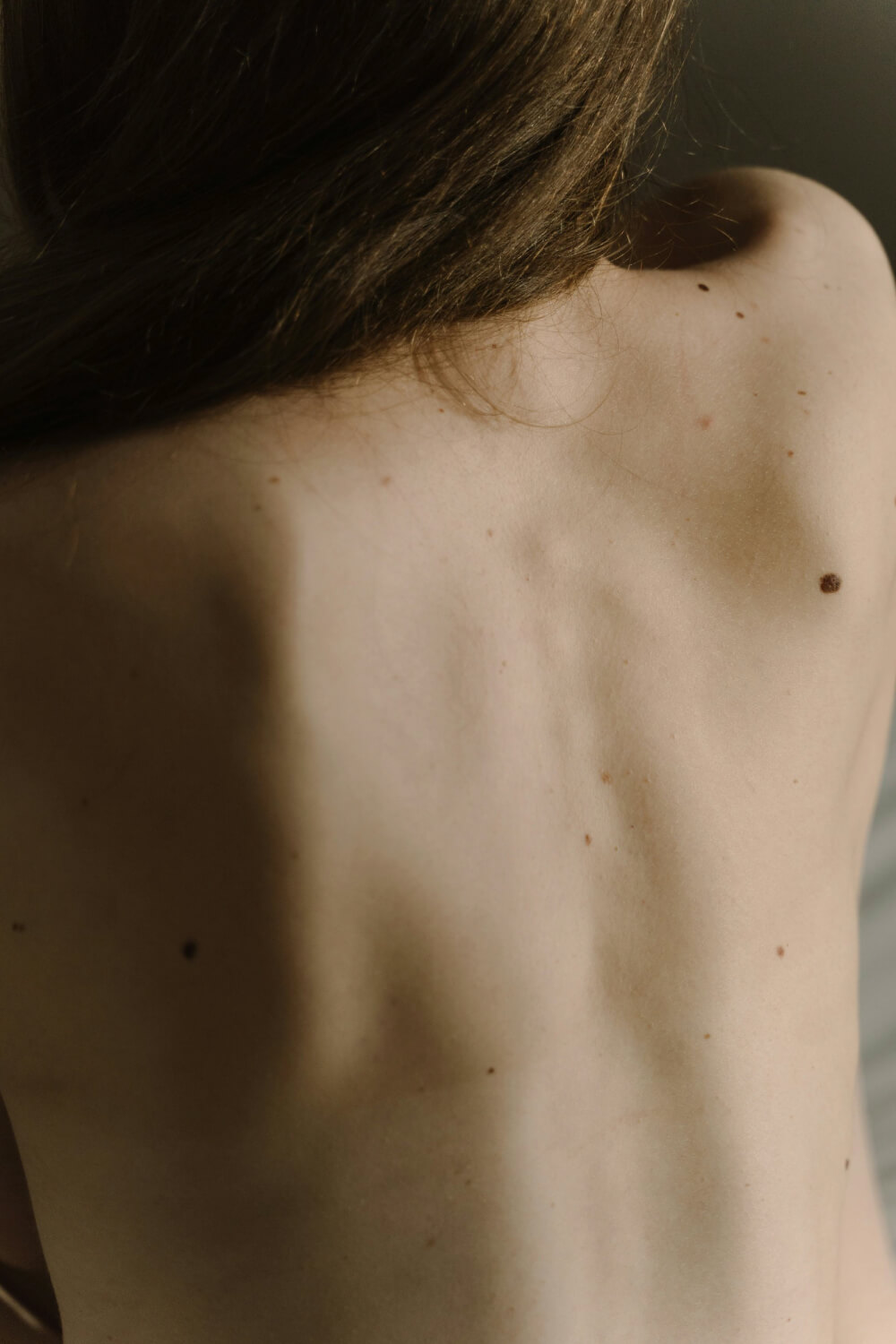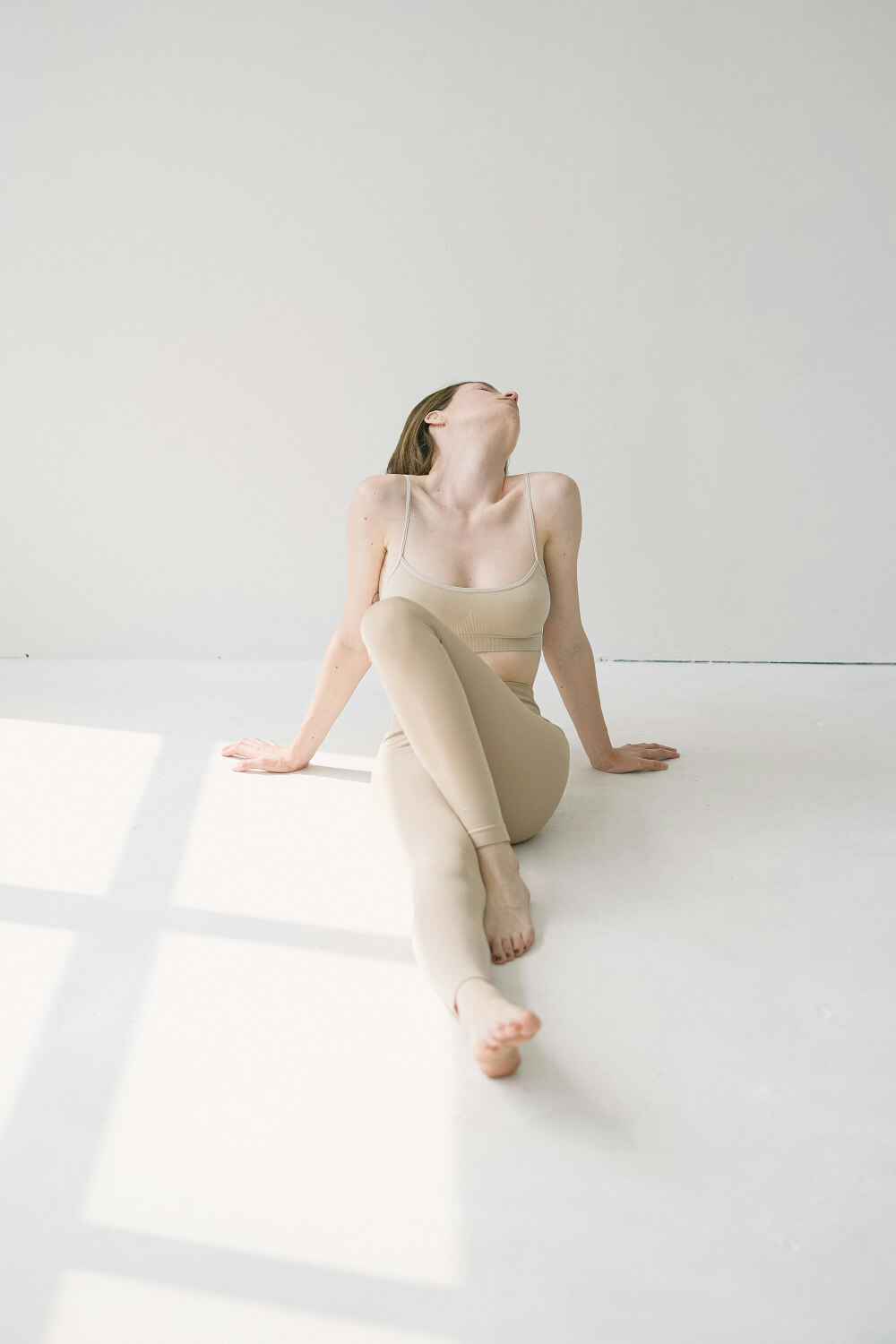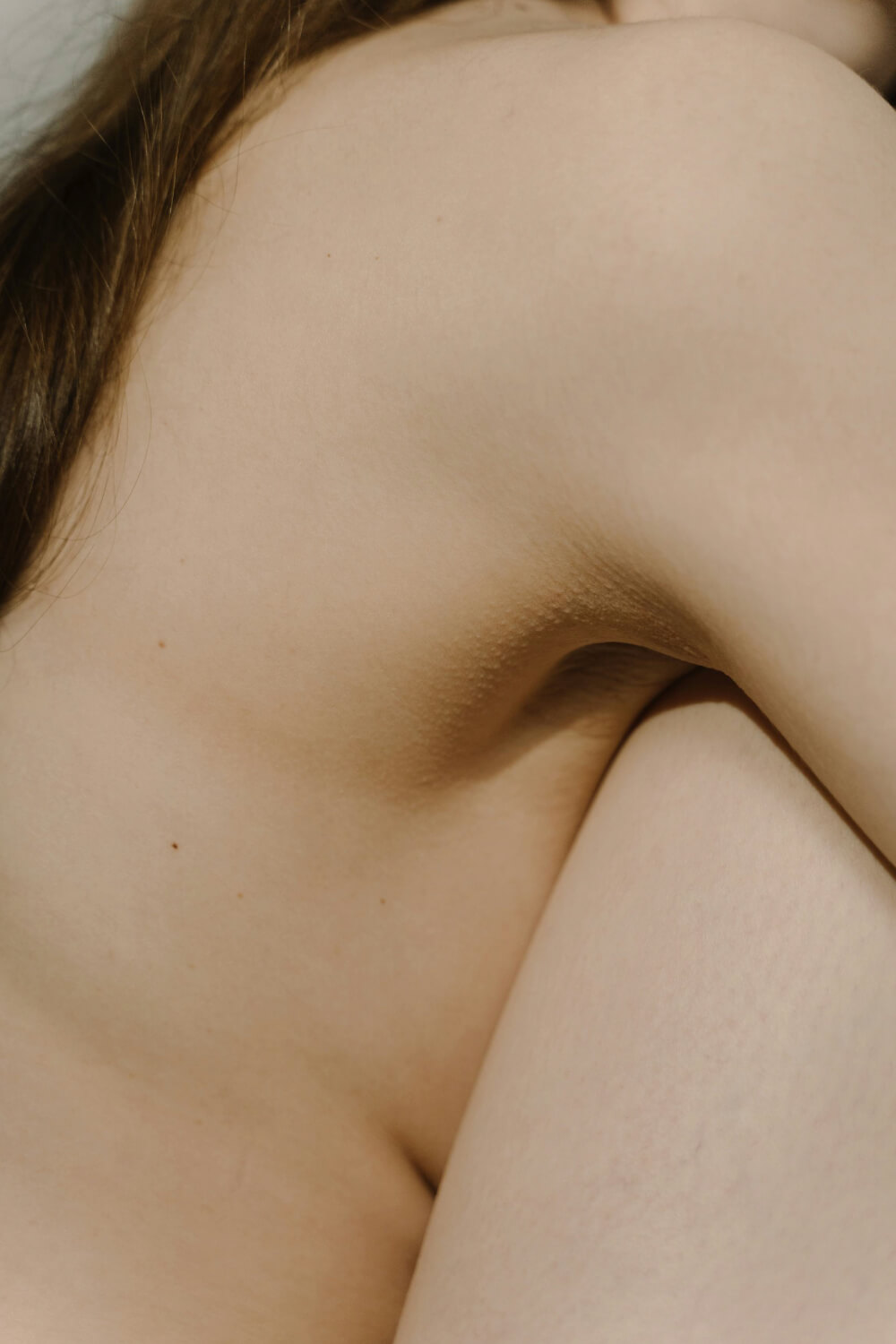A breast reduction gives you a better quality of life

In brief
What motivates people to have a breast reduction?
What is a breast reduction?
Duration
60-120 min
Pain
low
Scars
middle
Stay
none
Bandage
4 weeks
Work
3 days
Sports
6 weeks
Costs
from 6000€
What different methods are there?

Who is it suitable for?
When is the best time?
Who is it not suitable for?
A current desire to have children is suboptimal, as the ability to breastfeed can be impaired. In addition, the skin and connective tissue of the breast are under a lot of strain during pregnancy, which can cause them to sag again. Significant weight fluctuations, e.g. due to lifestyle changes, can also influence the outcome.
Breast pathologies or anomalies should be thoroughly investigated in advance. If corresponding pre-existing conditions require treatment, this should be completed approx. 3-6 months before the breast reduction.
As already mentioned, incomplete breast growth, e.g. in minors, also precludes a breast reduction.

What is the technical procedure for breast reduction?
All questions are clarified in a detailed consultation beforehand and the incision is discussed.
The operation begins with a final discussion and the incision line drawing.
After sedation (twilight sleep in which you neither feel any pain nor notice anything of the operation), the excess tissue is carefully and symmetrically removed along with the skin. This is followed by “preparation” and mobilization of the tissue.
Once this has been completed and the new shape has been achieved, the multi-layered tissue is closed. Wafer-thin sutures running through the skin are used for the final skin closure. If necessary, Redon drainage tubes are inserted for 1-2 days to allow wound fluid to drain away.
Scars are unfortunately unavoidable and correspond to the incision.
A distinction is made between the following:
1. circular incision or donut scar (according to Benelli)
In the scar-minimizing circular incision technique, the excess skin is removed in a ring around the areola. It leaves a fine scar directly at the border of the areola and breast. This incision is very popular, but is only possible for smaller lifts/reductions. The healing process is completed quickly.
2nd L incision or lollipop scar (according to the Lejour technique)
The Lejour technique describes a circular incision (as per Benelli), which is supplemented by a straight incision to the underbust crease. In this way, the area of skin below the areola can also be reduced. The healing process takes several months.
3. anchor incision or “inverted” T-scar (according to Strömbeck)
The anchor incision allows the lower part of the breast and the underbust crease to be tightened and is considered the standard technique. A straight incision is made from the areola down to the underbust crease and a further incision is made along the underbust crease. The two incisions that meet correspond to an inverted “T”. As the breast inevitably descends by 0.5-1 cm after the operation, it covers the scar itself and leaves a harmonious shape. The subsequent sagging is taken into account from the outset and relativized by appropriate “over-tightening”.
Surgical and conservative alternatives
There are various conservative and surgical alternatives for many operations. It is therefore necessary to consider these carefully before any surgical procedure. If the use of a scalpel can be dispensed with due to conservative alternatives, these are of course preferable.
Bodytite treatment, for example, is available as a minimally invasive alternative. This uses radiofrequency therapy to stimulate a contraction of the connective tissue and a tightening of the skin. However, this procedure is only useful for small areas.
Exercise, alternating showers and massages generally promote blood circulation and are ideal for preventative body care. However, despite various myths, none of these methods can regenerate sagging connective tissue. In this case, only surgery will bring effective change.
What type of anesthesia is necessary?
Can the procedure be combined with other procedures?

Photos
Here you will find some examples of before and after photos. We plan to take a photo before each operation for documentation purposes. This allows the surgical procedure to be planned more reliably. The final photos are usually taken approx. 3-6 months after the operation. At this point, the final result is visible.
The scars in the photos will be slightly reddened within the first 12 months and will therefore be more clearly visible. These will fade over time.


Is this operation performed on an outpatient or inpatient basis?
Risks and complications
Surgery is a wonderful routine for us. Nevertheless, we are aware that many of our patients may only have surgery once in their lives. It is therefore essential that you are informed about all the possible consequences of this procedure.
During surgical procedures, skin and tissue as well as underlying structures are treated with sharp instruments. Despite all caution, complications of varying severity can occur. During the initial consultation, we will go through a corresponding information sheet with you.
Minor complications
Breast reduction is a procedure with relatively few complications. If performed carefully, the risk of permanent consequences is very low. As with all surgical procedures, there may be minimal pain, comparable to moderate muscle soreness, as well as swelling and hematomas.
Slight asymmetries, scar widening, wound healing disorders and temporary loss of sensation are exceptions and usually disappear on their own. In our experience, swelling, restricted movement and the gentle posture caused by the support bra are well tolerated.

Rare major complications
What to do in the event of complications?
Healing and progression
How long does the recovery take?
You will certainly feel well again quickly and will only notice restrictions for a few days. Nevertheless, physical rest is crucial in the first 6 weeks after the operation in order to allow the deep tissue enough rest to regenerate. It takes 6-12 months until complete healing. During this time, the last swellings disappear and the breast takes on its final shape.
With the exception of competitive sports, sporting activities are possible after 6-8 weeks.
Of course, these time recommendations are guidelines based on our experience, which may require individual adjustment.
Your body will take the time it needs.
Is the treatment painful?



“Wieder ein ausgezeichnetes Ergebnis der Botox-Behandlung! “
“I love Morpheus 8. My favorite!“
“Ich habe erheblich mehr Schmerzen nach dem Eingriff erwartet und war positiv überrascht wie gut es mir noch am selben Tag und jetzt an Tag 2 geht. Der Tag der...
“Ich war heute zum wiederholten Mal für eine Botox-Behandlung bei Dr.Lutfi und werde mich auch in Zukunft nur von ihm behandeln lassen. Sollte ich jemals andere...
“Kompetente und ausführliche Beratung und super Behandlung (Botox gegen Lachfalten). Bin mit dem Ergebnis sehr zufrieden und komme gerne wieder! “
When can the final result be expected?
The result of the breast reduction is visible immediately. Important: The breast appears slightly “over-tightened” at the top. This can make the breast appear misshapen and not harmonious. After approx. 3 months, the connective tissue structures will have settled and the breast will have reached its final shape.
The “durability” of a breast reduction is permanent and will only reappear in the case of severe obesity.
What should patients plan?
A surgical procedure requires a certain amount of planning and organization not only for the surgical team, but also for the patient, both before and after the operation. It is important that you are well prepared and know what to expect. This allows you to concentrate fully on enjoying the results.
One of the most important questions before any surgical procedure is the “why”. You should be clear about why you want to have surgery in the first place. Once you have answered this question and made a decision, the following questions should definitely be clarified: How? By whom? When?
I will be delighted if you find your way to my surgery and would like to be operated on by me. However, I also recommend all my patients to get a second opinion. You should be absolutely certain about the date and surgeon.
Plan the time before your operation
Before any breast surgery, we recommend a gynecological check-up to ensure that there are no underlying diseases.
As soon as you have decided to have the operation after a detailed consultation and medical history, you should plan the time after the operation with those around you accordingly. Although you should not expect to be out of action for long, you may occasionally experience temporary movement restrictions.
Plan the time after your operation

What does an operation cost?

Financing, down payment, installment payment
FAQ - Breast reduction
Plastic surgery
- Home
- About Me
- Aesthetic surgery
- Aesthetic treatments
- Before After Archive
- Ordination
- For doctors
- Contact
- Cost

